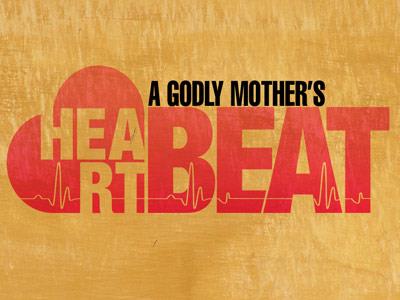-
His Course Was Charted
Contributed by Eloy Gonzalez on Nov 28, 2017 (message contributor)
Summary: Palm Sunday: As we contemplate the joyous reception that Jesus got as He entered Jerusalem, our thoughts go to the reason that He entered in the first place - to save us by dying on the Cross.
In the old days – days long before Jesus was born, God’s people annually observed a festival known as the Feast of Tabernacles. This was a feast of great joy. It was a time of celebration. It lasted seven days. Part of what happened during this feast is that the people marched around the Altar – sort of like we did today as we processed into the sanctuary. The priest would recite Psalm 118 during this procession and when the Psalm reached, what is in today’s numbering of the Scriptures, verses 25 and 26 – the trumpet sounded, all the people waved their branches of palms and shouted with the priest these two verses together: “O LORD, save us; O LORD, grant us success. Blessed is he who comes in the name of the LORD. From the house of the LORD we bless you.”
Saint Jerome seems to think that the word ‘hosanna’ came from this practice at the Feast of Tabernacles. One of the Hebrew ways to say, “Save us” is: hoshi’a na. During the Feast of Tabernacles, this was repeated so often that it simply became, “hosanna”. From this – the word ‘hosanna’ was applied to other activities around the Feast of Tabernacles. The last day of the feast came to be known as the Great Hosanna and the palm branches received the name of hosannas.
Let’s take understanding to what was going on in Jesus’ time. We have Jesus riding into Jerusalem hot off the heals of the incredible graveside resurrection of Lazarus – the brother of Mary and Martha and a dear friend of Jesus. The people in Jerusalem had heard about this incredible thing. So when Jesus entered the city – there was a group of people ready to receive him with shouts of joy: “Hosanna, hosanna, hosanna – blessed is the King Who comes in the name of the Lord.” The people lifted palm branches to Jesus and they laid their coats on the ground. What are they saying? In essence – “O Lord, save us.”
All of this is clearly attested to in the Palm Sunday Gospel that we read together earlier: “As he went along, people spread their cloaks on the road. When he came near the place where the road goes down the Mount of Olives, the whole crowd of disciples began joyfully to praise God in loud voices for all the miracles they had seen.” (Luke 19.36-37)
A number of years ago, one of my friends, Jim, was stricken with a serious illness at a very young age. He was hospitalized. No treatment seemed to work. His condition worsened and worsened. Jim had been a very popular man. Visitors paraded in and out of Jim’s hospital room, hoping for the best, but knowing that this might be the last opportunity to see him. Now, Jim had been a youth leader in his church. As it became clear that his last days on earth would soon come to an end, he planned his own funeral service, choosing the order and even selecting the hymns. Then one day – Jim rallied. He woke up in a great mood. He was cheerful. His appetite had returned. It brought hope to his buddies. But, before the day had ended, Jim was called into eternity by the Lord – he died.
After sharing this story with a number of people – a few told me that they had seen similar deathbed rallies. Apparently this sort of deathbed rally is not that unusual. There is even a name for it: pre-mortem clarity. This sort of temporary recovery and lucidness – just before death – is well known to physicians, nurses and other caregivers, as well as to those who’ve been with a person in the hours before the Lord calls them into Eternity.
Jesus’ course was already charted – from day one. He didn’t enter Jerusalem to be celebrated, He came to die. The high and joyous praise on Palm Sunday was in many and real ways a type of deathbed rally for Jesus. You see, beloved – Jesus destiny was sealed – He came to die.
- That destiny was known early: When Mary and Joseph presented Jesus at the temple as a young baby, the faithful prophet Simeon said to Mary, “And a sword will pierce your own soul,” indicating that both Mary and Jesus would see suffering. (Luke 2.35b)
- John the Baptist pointed to Jesus and said, “Behold the Lamb of God who takes away the sin of the world.” (John 1.29b) In identifying Jesus as the Lamb of God – the sacrifice that Jesus would make was emphasized.
- Jesus Himself said a number of times that He would suffer and die. (Matthew 16.21; Matthew 17.23; Matthew 20.18; Mark 10.34; Luke 18.32; and others)

 Sermon Central
Sermon Central



